Through the process of annealing, wire can be heated to a point that enhances its malleability. This renders it much more suitable for applications that require durability under strain, such as bending or other forms of tension. Moreover, it caresses the wire, making it more resistant to cracking and more manageable in its workability.
Striking up the furnaces, the wire is brought to an intense heat, temperature depending on the alloy of the cable and what is sought to be achieved. Cooling it off is a matter of inserting it in an atmosphere or subjecting it to a methodical cooling process. In either case, it must be allowed to down-regulate gently.
Through annealing, the microstructure of the wire transitions, creating a cohesive grain structure. This newfound level of malleability makes it less liable to breakage and more workable – the risk of it kinking or warping while being formed is significantly decreased.
Wire which has been annealed is regularly enlisted in plentiful practical applications, particularly where the item will be exposed to extensive bending or other strains. Its utility is far reaching: from assembling jewelry, paper clips, and springs, to creating electrical wires and other flexible wiring needs.
Copper wire can benefit significantly from the annealing process, as this helps to elevate its electrical properties. In particular, the increased capacity to carry electrical current makes it an ideal material for electrical wiring projects.
With its superior suppleness and improved electrical conductivity, annealed wire is a highly useful material with many applications. Its resilience to breakage is increased through annealing, making it ideal for any pursuits requiring considerable flexibility. From industrial purposes to electrical works, this refined wire can be employed in a multitude of projects.
Related Product
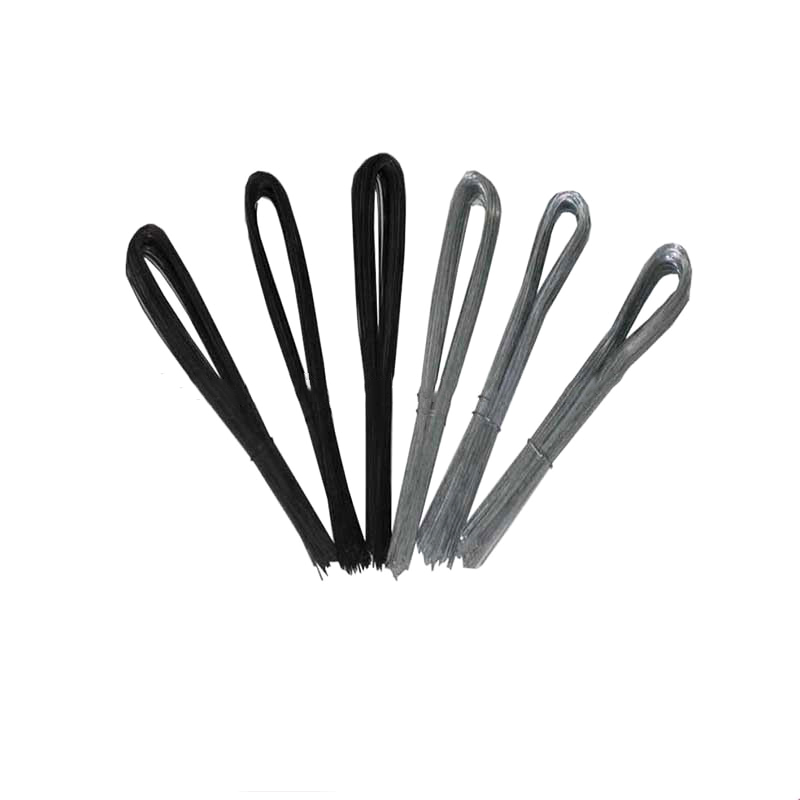
U Type Wire
Product information: Product Name Scaffolding Packing Galvanized Tie Wire Cuttings U Type Binding Wire Material Electro galvanized,hot dipped galvanized,black annealed,PVC coated W […]
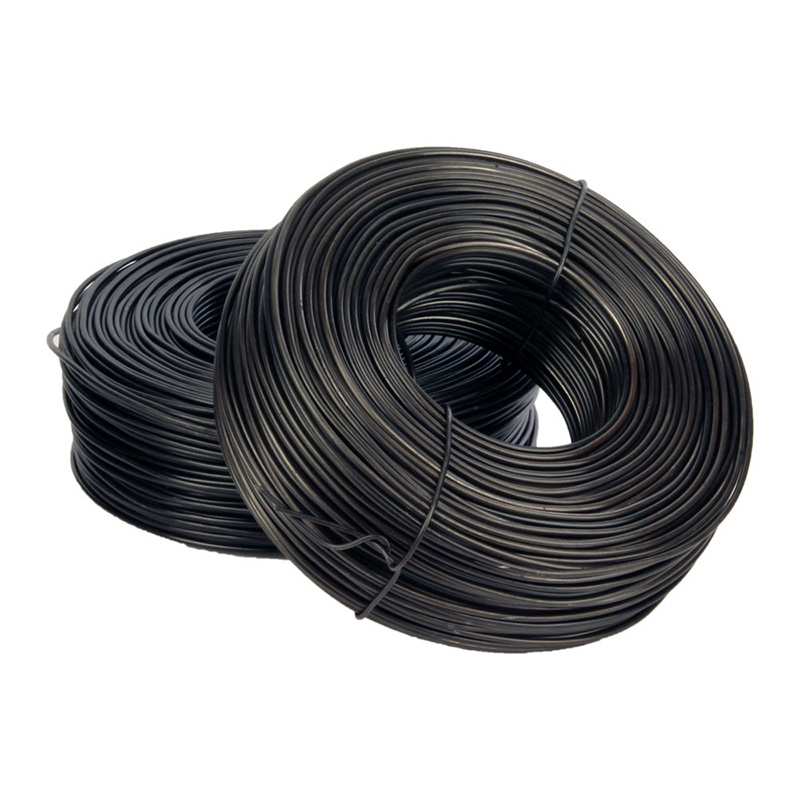
Tie Wire
Production Process of rebar tie wire : Steel rod coil — Wire Drawing — Wire Annealing–Rust Removing–Acid Washing– Boiling– Drying– Zinc Feeding– Wire Coiling. Wires Type 1.Galvaniz […]

Twister Tool
Handle Twister tool,plastic handle: Weight: 0.4kg Color: Black, blue,yellow ,red etc Material: Carbon Steel Plastic Handle Wire Tie / Tying Hook Tool Twister Wooden Handle […]
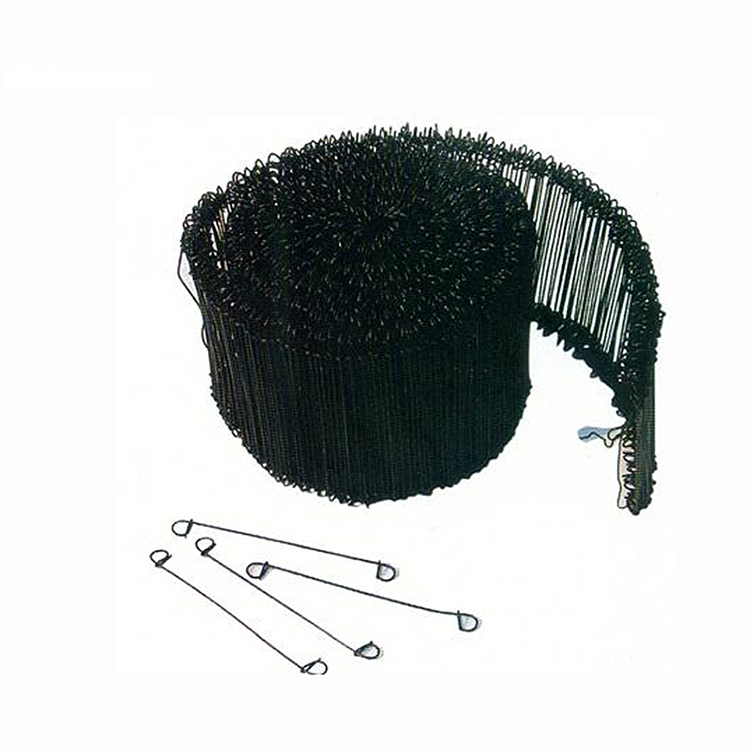
Double Loop Tie Wire
Double loop tie wire material Product Information: Wire diam. 0.5mm—2.0mm Finishes Black Annealed. Galvanized Annealed, Coppered, PVC coated, Stainless steel Wire gauge BWG6 […]
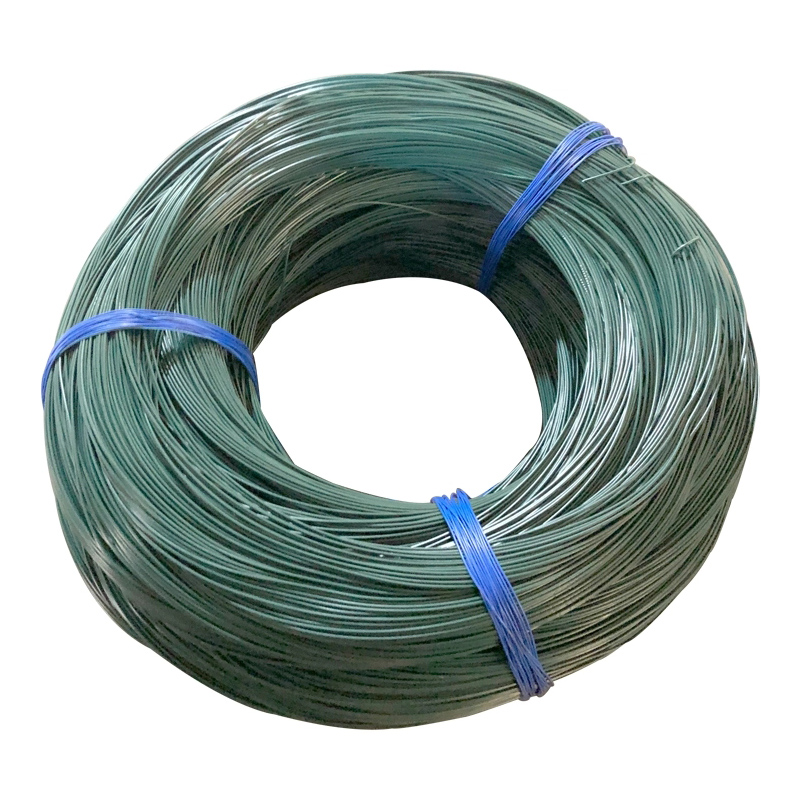
PVC Coated Wire
PVC coated wire, also called plastic coated wire, after high temperature dissolution cooled solid PVC particles uniformly wrapped in high-quality black iron wire and galvanized wi […]
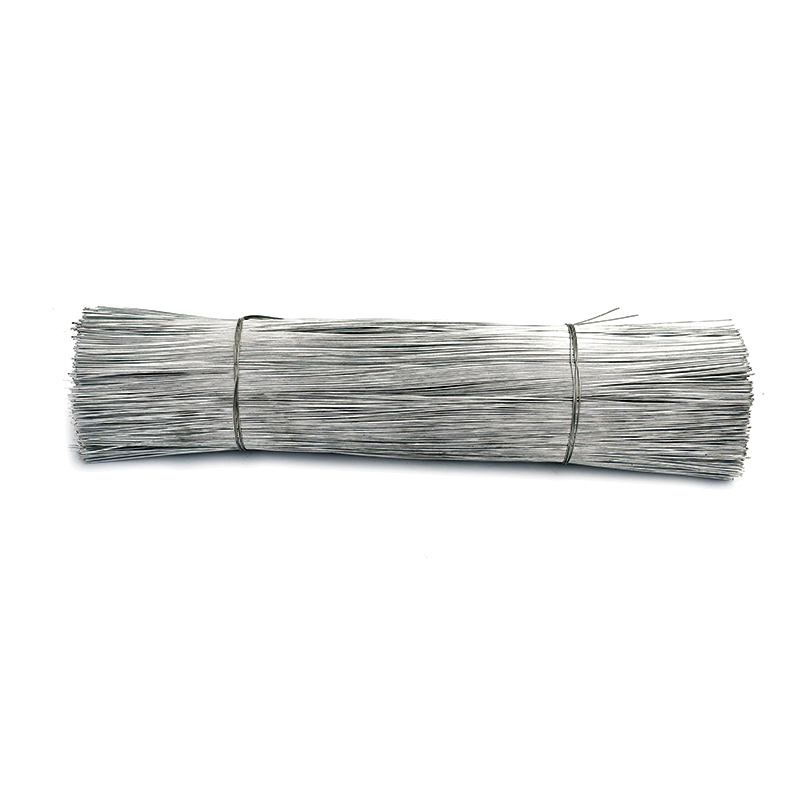
Cutting Wire
Product Description: Product Name Cutting Wire Zinc Coating 30-70g Place of Origin Chinese mainland Tensile Strength 33-50kg/mm2 Material Electro galvanizedHot dipped galvan […]
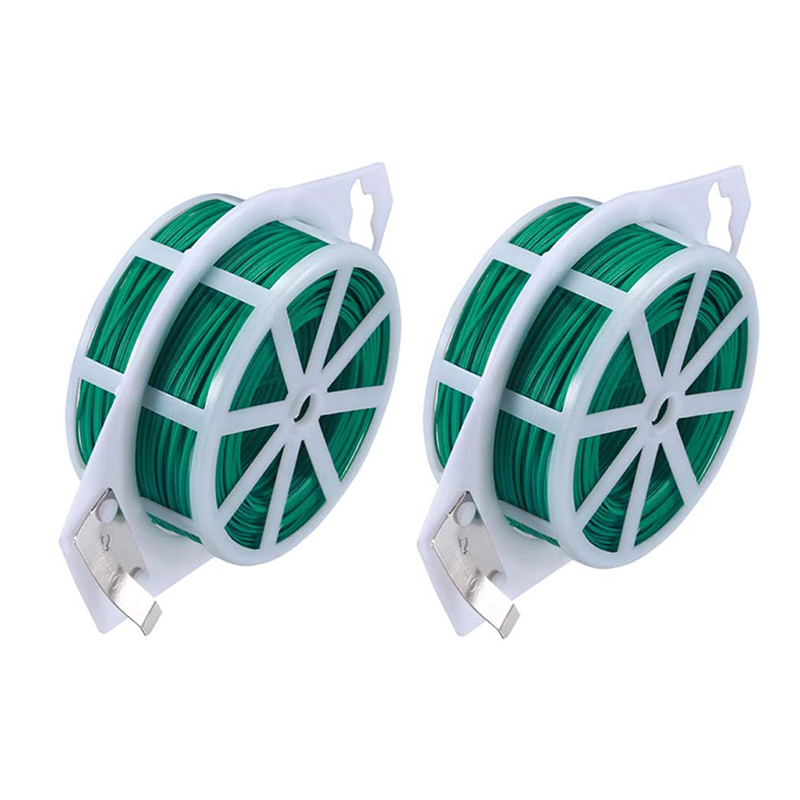
Garden Wire
Product information: The garden shingling is made of pvc plastic and high-quality galvanized iron wire, which is 3 to 4 times faster than any material, and the buckle is loose, the […]

Black Annealed Wire
Product Description: Product name Black Annealed Wire MOQ: No Material Q195,Q235 Delivery time: 20days after payment Surface annealed or as your request Payment terms: T/T,L/C We […]
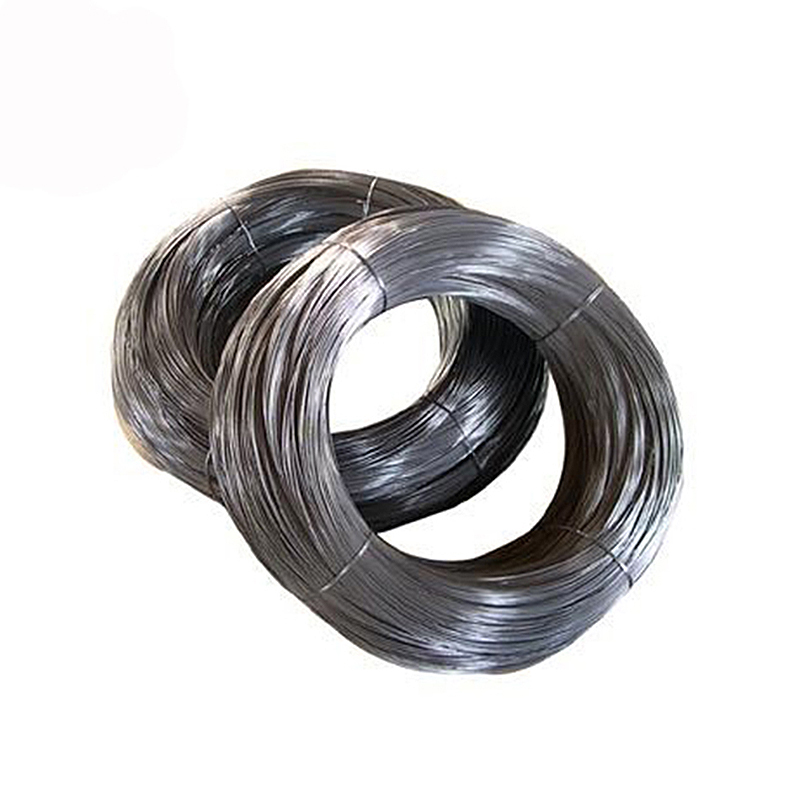
Galvanized Wire
Product information: Product Name Galvanized Wire Package 5kgs/roll, pp film inside and hassian cloth outside or pp woven bag outside 25kgs/roll, pp film inside and hassian […]
Post time: 2023-07-01
